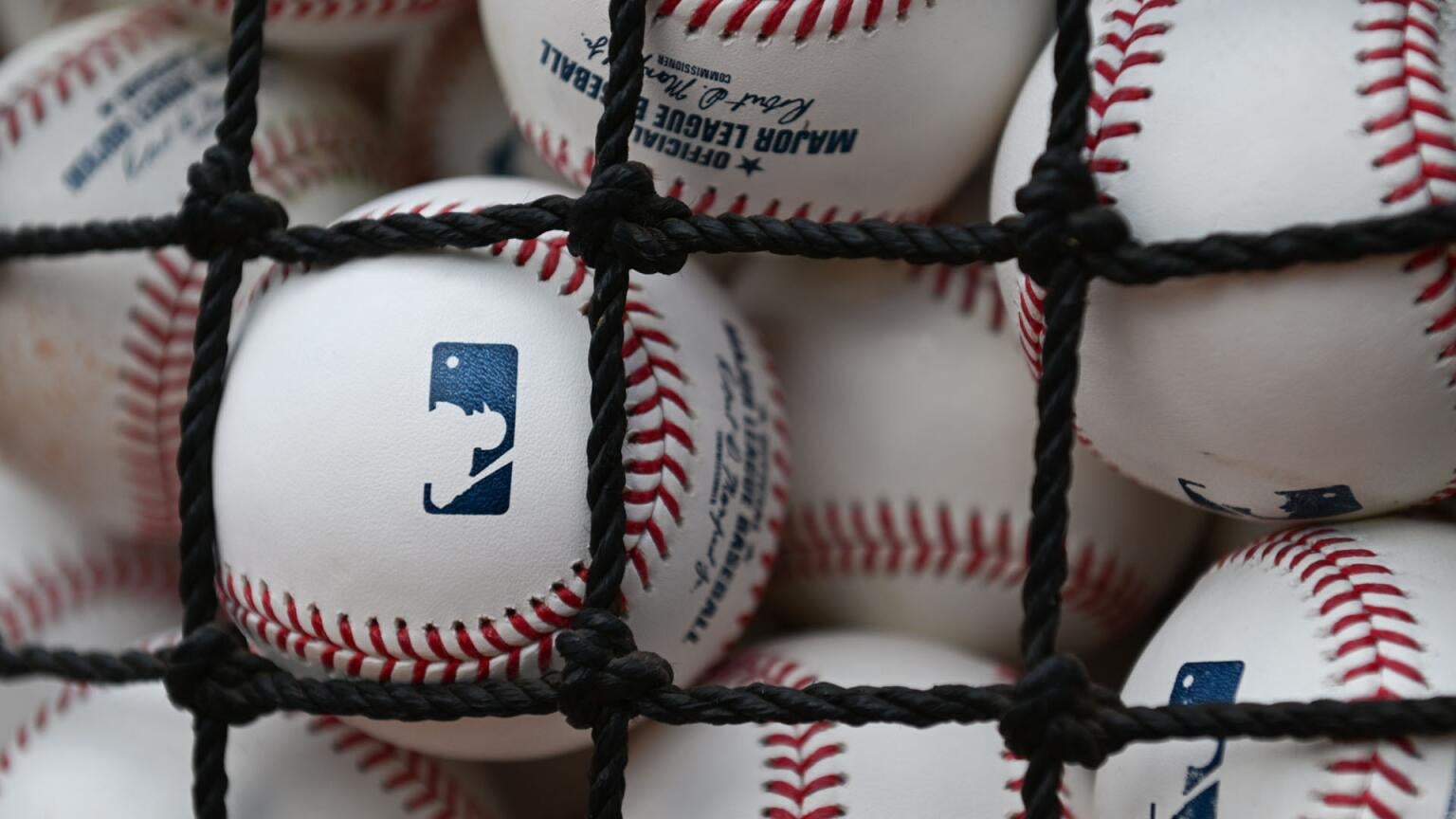As MLB Takes Over Diamondbacks’ Games, What Does the Process of Broadcasting Games In-House Entail?
As MLB Takes Over Diamondbacks’ Games, What Does the Process of Broadcasting Games In-House Entail?

The Bally Sports family of regional sports networks (RSNs) shrank by one team this week. The Arizona Diamondbacks were pulled from Bally Sports Arizona on Tuesday, joining the San Diego Padres as the two teams to see their broadcast rights revert back to the league from Bally Sports’ parent company Diamond Sports Group (DSG) this week.
While the bankruptcy court proceedings that determined whether or not DSG would keep the D-backs broadcasting rights dragged on for weeks, the ruling meant that MLB production staff had mere hours to get everything ready and start broadcasting games themselves. MLB puts in work to ensure that it has deals in place with cable providers to air their new channel once they take over broadcasts of teams surrendered by DSG, but it still falls on a dedicated group of employees to make it happen.
A new report from AP, as distributed by TV News Check, shows the amount of work that goes into assuming broadcasting responsibilities. When MLB reclaimed the Padres' broadcasting rights in May, MLB’s senior vice president of local media Doug Johnson had to act fast.
“Immediately headed over to the stadium and got a chance to meet for the first time with the game announcers,” said Johnson of the day he got the call that the Padres’ rights were reverting. “I had to call every single person that worked the Padres’ home games and basically introduce myself and hire them.”
It was a bit of a hair-on-fire moment for the league. As the league’s executive vice president of local media Billy Chambers explains, technical arrangements that could have easily taken months to sort out had to be ironed out in less than two days.
“It was everything from a graphics package, to the truck, to the crew, to how are you going to get transmission done, who’s going to do master control, who’s going to do commercial insertion and then finally how do we deliver it to the distributors?” Chambers said.
Chambers was brought on by the league in January, and his hiring prompted speculation that MLB was going to get serious in its attempts to move away from RSNs, and potentially begin offering its content more widely via streaming. Commissioner Rob Manfred has ambitious streaming plans for his league, which would see local blackouts end once all teams join an in-market streaming platform.
Such a service is likely a ways off and faces numerous obstacles (including the intransigence of some of the league’s wealthiest owners). But getting the local broadcasting rights to teams back is a good first step, and Manfred has made no secret of the fact that he’s more than ready to end MLB’s business relationship with Diamond Sports Group.
From a technical standpoint, MLB says it has been able to improve the quality of broadcasts and reduce latency from what the Padres saw on Bally Sports San Diego. The team saw encouraging ratings following the switch initially, and MLB says that through the All-Star break, viewership is up 14% year-over-year.
Now, the league must hope that it sees similar ratings bumps for Diamondbacks games. The team is now available via local cable providers, or users in the Arizona market sign up for MLB.TV at a discounted price to stream the team without needing a cable or satellite subscription.
MLB.TV
MLB.TV is the official streaming service of Major League Baseball. You can see every out-of-market game live or on demand, and choose home or away TV and radio feeds. The app allows fans to watch up to four games simultaneously on the same screen through their Multi-view feature. MLB.TV can be added to your Sling TV or Prime Video subscription.

